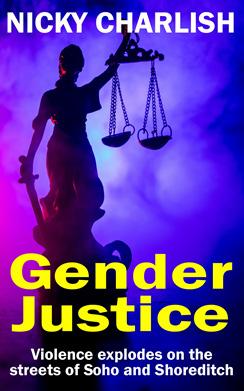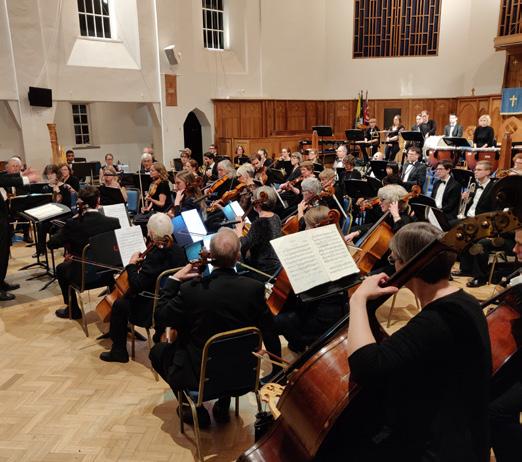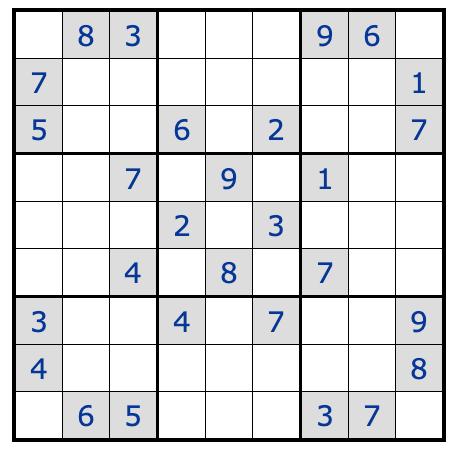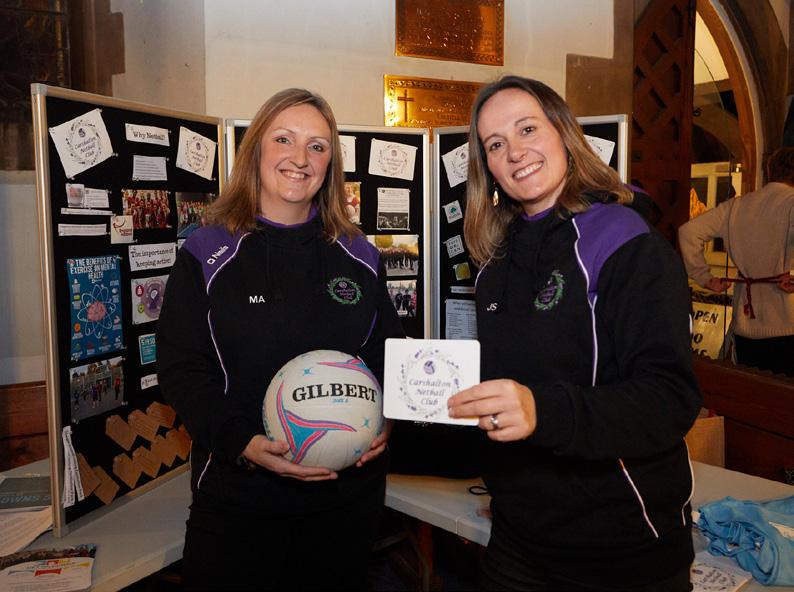
2 minute read
Pilates
FOR WELLNESS
Amanda Rowley chats to Mel Cozens, a local Pilates teacher about the benefits of Pilates. HEALTH & WELLBEING
Advertisement
Leg Pull Front Bridging Shoulder Bridge
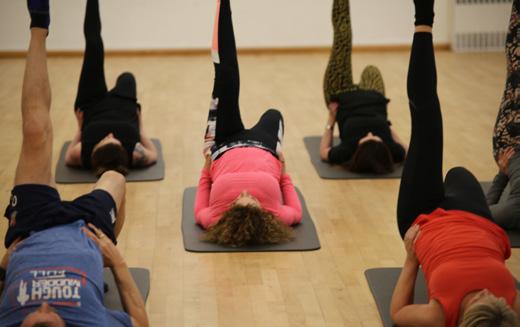
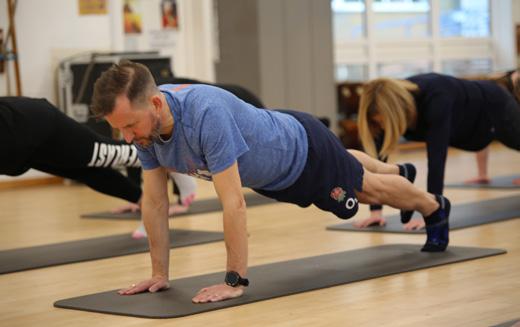
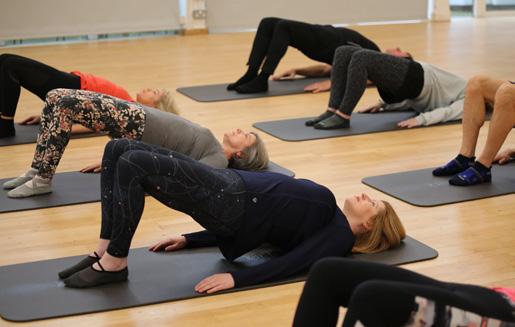
What is Pilates? Pilates is an exercise programme developed to build strength, flexibility and coordination. Pilates in the 21st century is diverse in style. It is mostly categorized by Modern or Classical in approach with Classical Pilates being more closely derived from Joseph Pilates’ original regime Contrology. Born in 1880 in Monchengladbach, Germany Joseph Pilates was a sickly child diagnosed with asthma, rickets and rheumatic fever. This provoked an interest in health and fitness and led him to train in gymnastics and boxing. The birth of Contrology came at the outbreak of WW1 when he was interned in the United Kingdom during the war. It is during this time that he helped maintain the health and physical wellbeing of his fellow inmates using bed springs to create resistance to his movements. By the 1960’s having taken up residence in New York alongside the home of the New York City ballet, Joseph and his wife Clara’s exercise regime, now termed Pilates, was gaining popularity.
Photography credit: Reel Feel Productions
Pilates for Wellness The Pilates repertoire is vast, including work on large apparatus as well as the more accessible Mat work. A typical contemporary Pilates mat session starts with Breathing, providing an opportunity to bring awareness to self and calm the nervous system. Pre-Pilates moves such as Bridging progress to more challenging movements such as Hundred, Leg Pull Front and Shoulder Bridge. The complexity of each movement increases in their orientation to gravity and base of support throughout each session. You can expect to lay supine, on your side, be seated and lay prone. Classwork gradually moves away from the floor to finish upright in a standing position. Distributing movement evenly throughout the spine is at the heart of each exercise. Pilates is practice as much for the mind as it is for the body. Collectively, the exercises counteract imbalances and asymmetries within the body, improving spinal mobility and developing the mind-body connection. Classes promote joint mobility and develop body awareness; the latter being the key to a physical selfawareness that can be taken into everyday activities.


